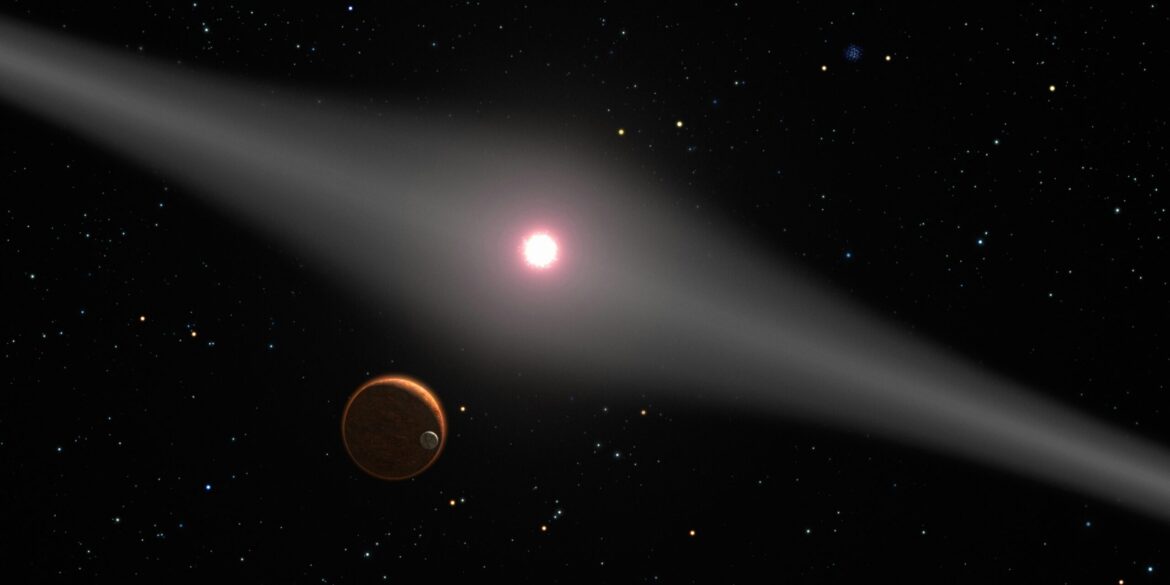A rare interstellar comet, designated 3I/ATLAS, is making a historic journey through the inner solar system this week, bringing it in close proximity to Mars. Discovered in July 2025, this comet is traveling at an extraordinary speed of about 193,000 miles per hour. Its rapid movement and distant origins have captured the attention of U.S. and international space agencies, as it provides an exceptional opportunity for scientific exploration. The object is only the third interstellar object ever recorded to pass through our solar system, after ‘Oumuamua in 2017 and 2I/Borisov in 2019.
NASA, along with the European Space Agency (ESA), has mobilized its resources to monitor the comet as it approaches Mars. While the comet poses no threat to Earth or Mars, its trajectory and composition are of immense interest to scientists. As it passes through the solar system, scientists are keen to study the comet’s physical properties, its composition, and how it interacts with the solar wind. The materials that make up 3I/ATLAS could offer a glimpse into the building blocks of other star systems, potentially dating back to before our own solar system was formed.
See also: https://goodmorningus.com/nasas-europa-clipper-radar-instrument-proves-its-worth-at-mars/
NASA’s various orbiters and rovers currently operating on Mars have adjusted their observation schedules to study the comet. Instruments on board, including spectrometers and cameras, are gathering detailed measurements of the comet’s nucleus and its ion tail, which forms as the object moves away from the Sun. The size of the nucleus is estimated to range from 0.44 kilometers to 5.6 kilometers, and researchers are also studying the structure of its tail, which could provide information on the comet’s composition and its interaction with solar radiation.
The significance of 3I/ATLAS extends far beyond its rarity. Interstellar objects are extremely uncommon, and the passage of such an object through the inner solar system provides a unique, once-in-a-decade or rarer chance for scientists to test theories about planetary formation and the evolution of materials across star systems. The data collected from this encounter will help astronomers refine their understanding of how celestial bodies form and evolve outside our solar system. These insights could shape future missions and our broader knowledge of the universe’s history.
In addition to its scientific value, the comet’s passage serves as a reminder of the vastness and unpredictability of space. As more interstellar objects are discovered, the study of comets like 3I/ATLAS will provide new opportunities to explore the cosmos and enhance our understanding of the fundamental processes that govern our universe.

